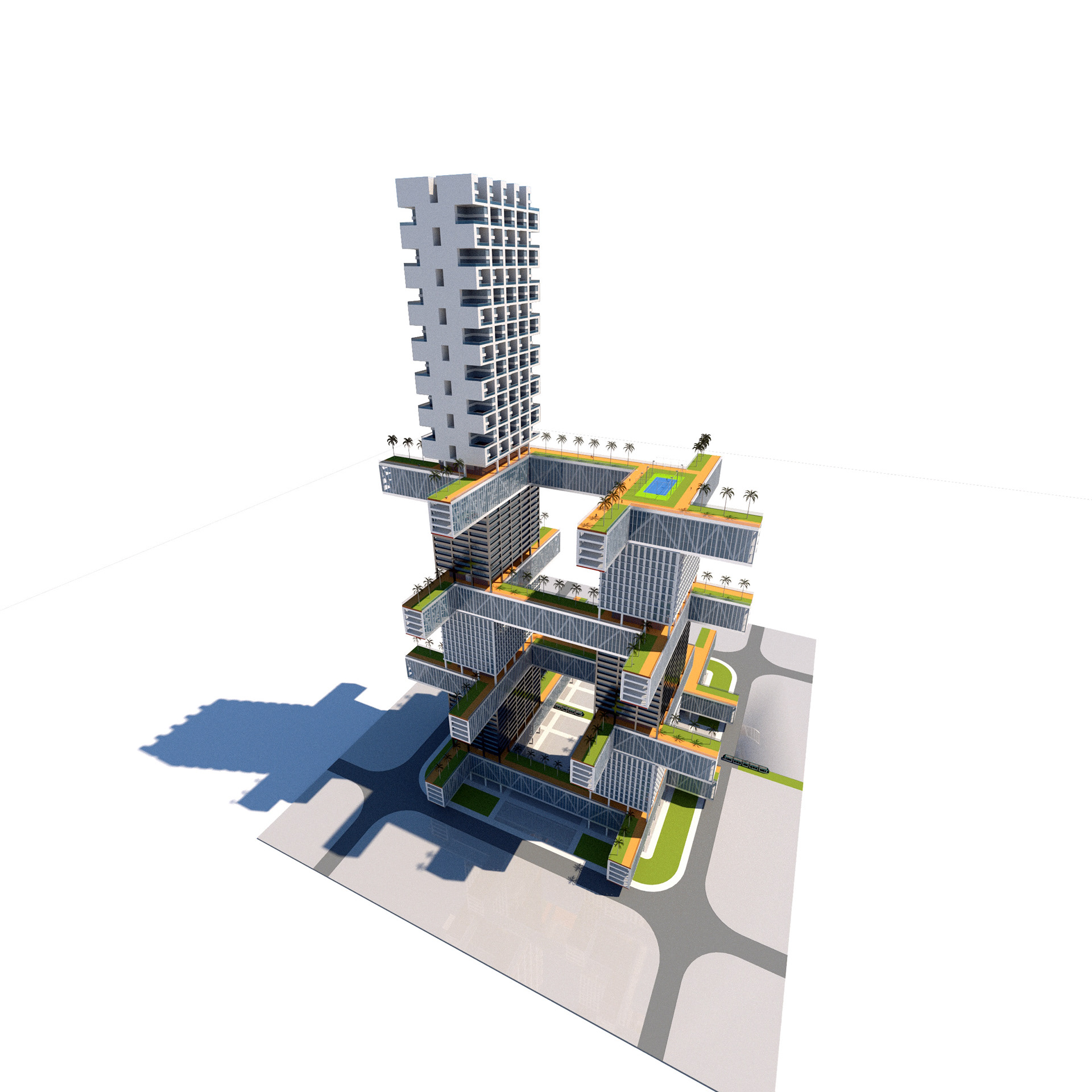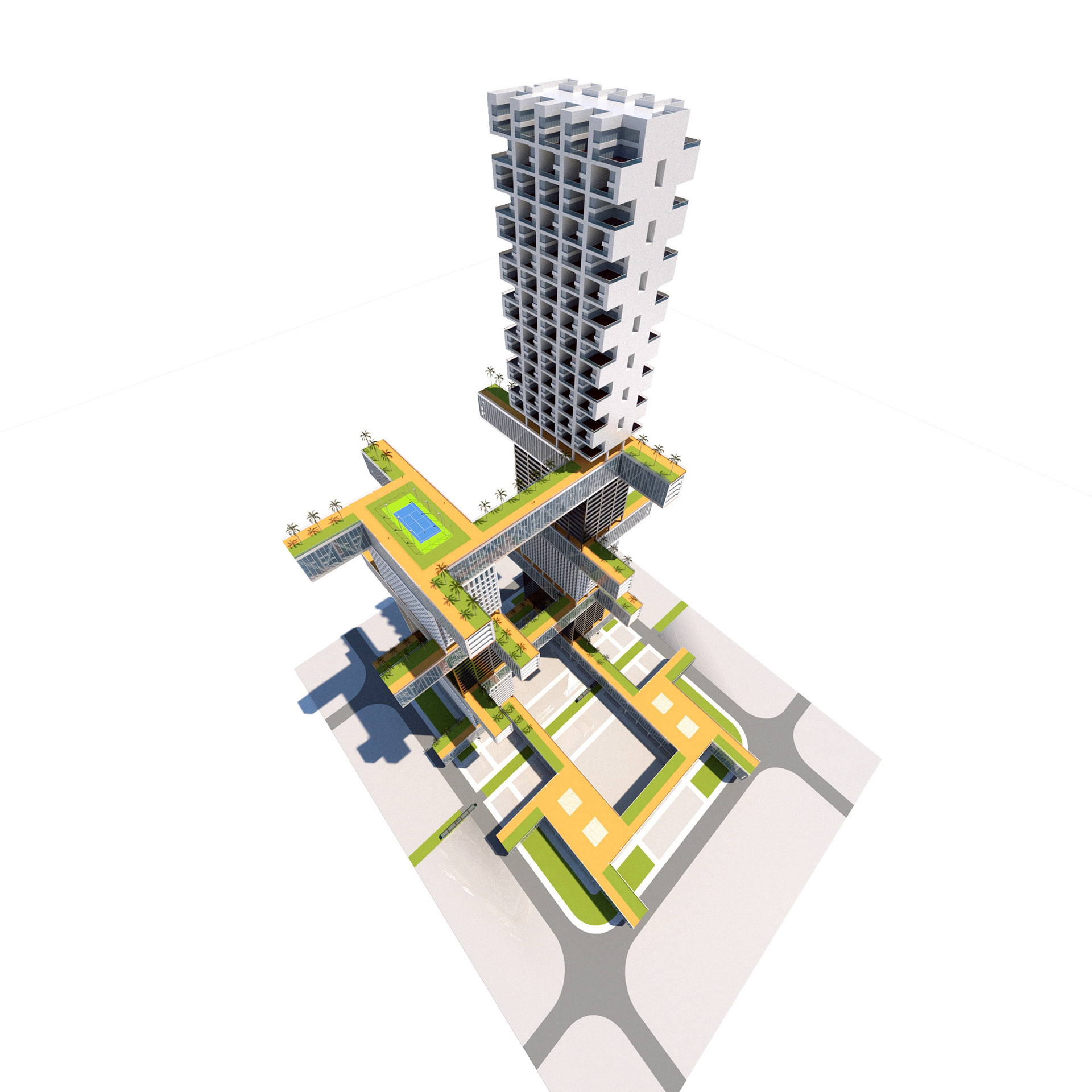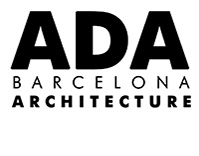Dubai was a humble pearl-fishing village until the discovery of oil in 1966 and the formation of the United Arab Emirates in the 70s, leading the city to grow beyond recognition.
In just a few decades the city has gone through an astonishing process of transformation to shape today’s Dubai: a city of flashy skyscrapers and outstanding infrastructure...
In just a few decades the city has gone through an astonishing process of transformation to shape today’s Dubai: a city of flashy skyscrapers and outstanding infrastructure...
But also a city in which every new development seems to compete for the spotlight with its neighbours in a race of vanity, emphasizing competition instead of collaboration and somehow resulting a city of excess.
By 2050 70% of the world’s population will be living in cities.
The way we shape our cities will determine environmental impacts, as well as our social well-being, our economic vitality and our sense of community and connectedness.
The way we shape our cities will determine environmental impacts, as well as our social well-being, our economic vitality and our sense of community and connectedness.
We´re not going to make our planet grow and thrive by continuing to sprawl out.
Low-density developments increase energy consumption and create car-depending cities with tremendous environmental impacts.
Beyond the obvious ENERGETIC COSTS of low-density developments, sprawl can happen at any density, ISOLATING PEOPLE and not allowing INTERACTION.
Dormitory Towns and Office centers segregate people in superblocks and create a very sterile and homogenous environment
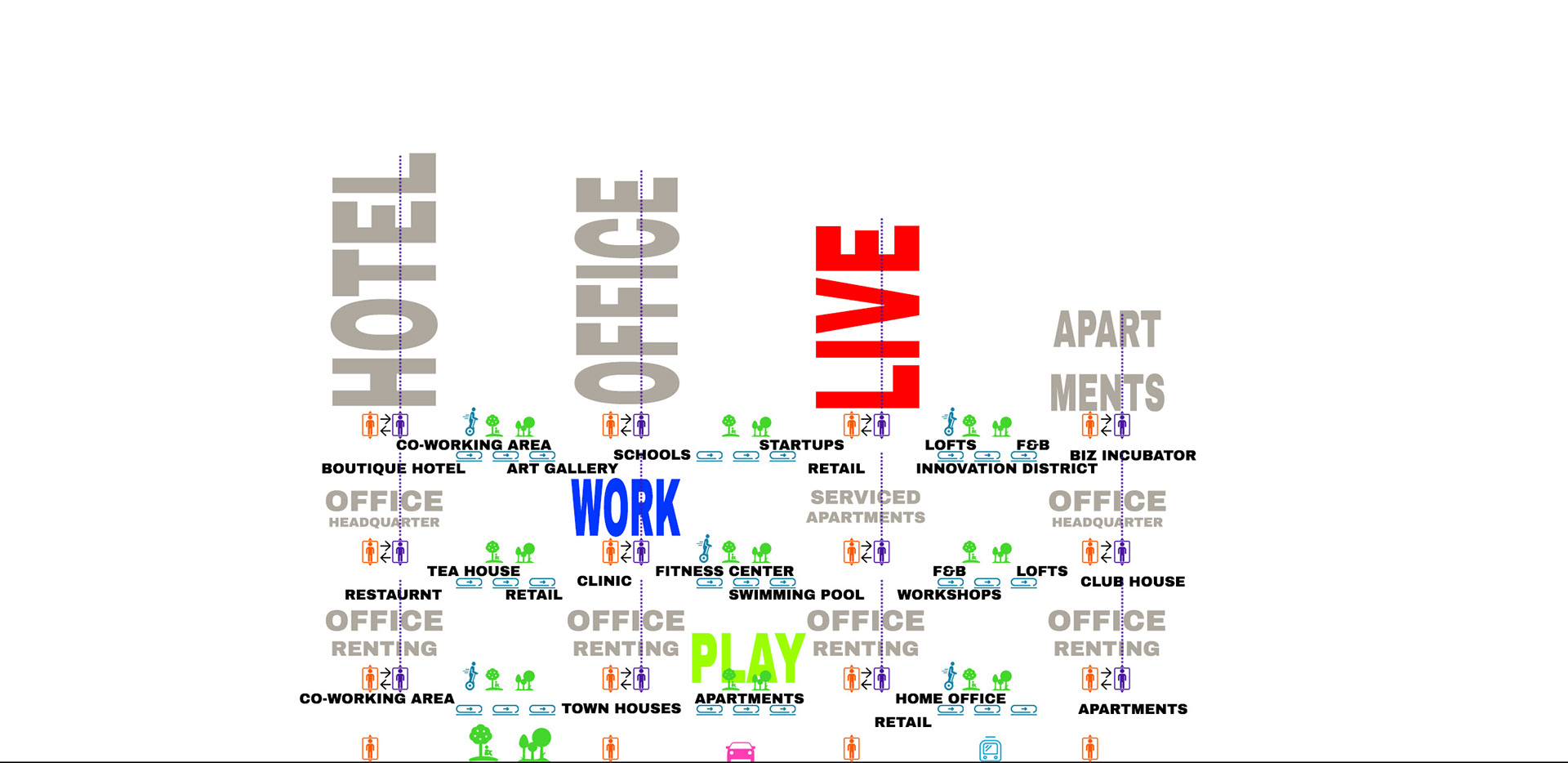
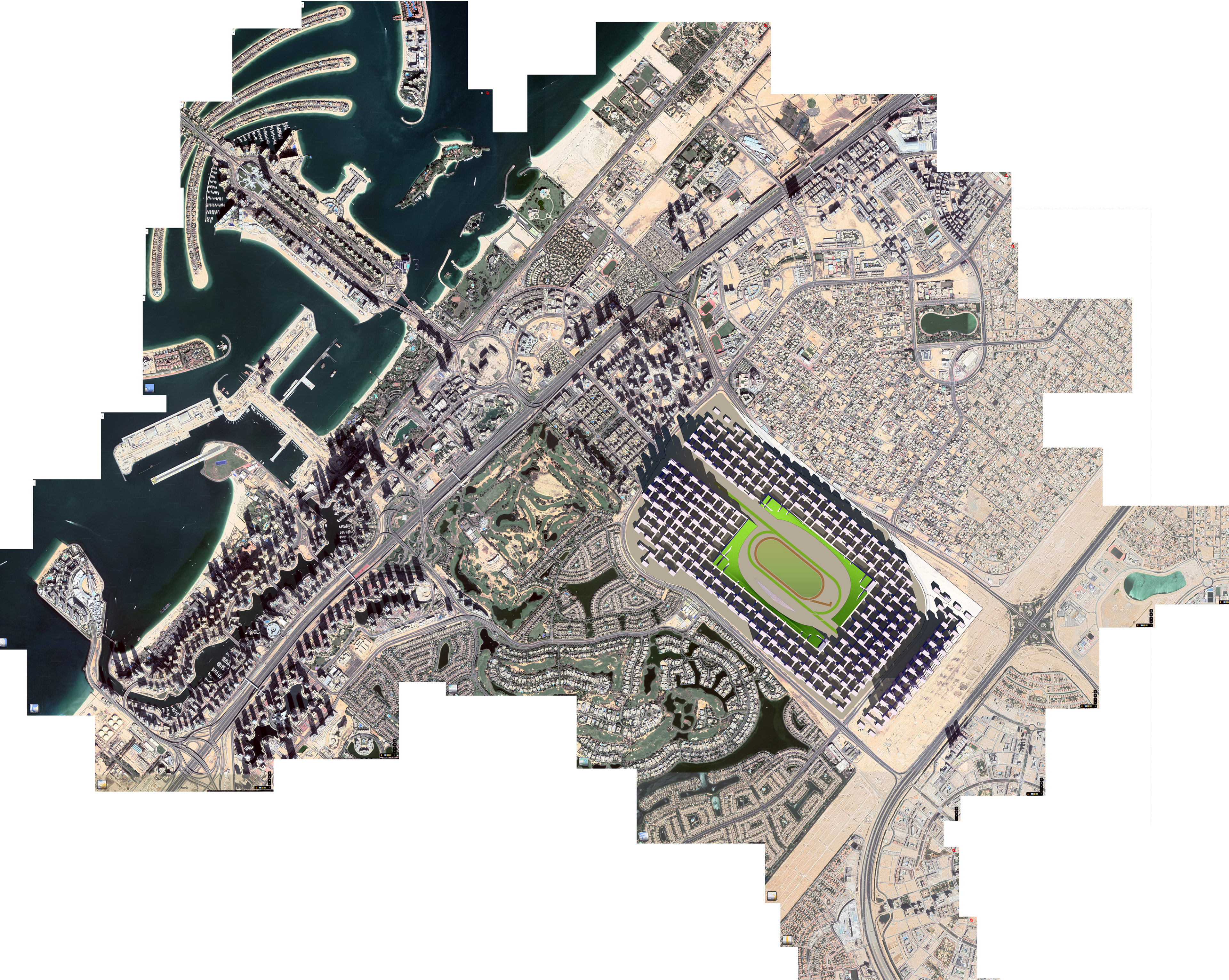
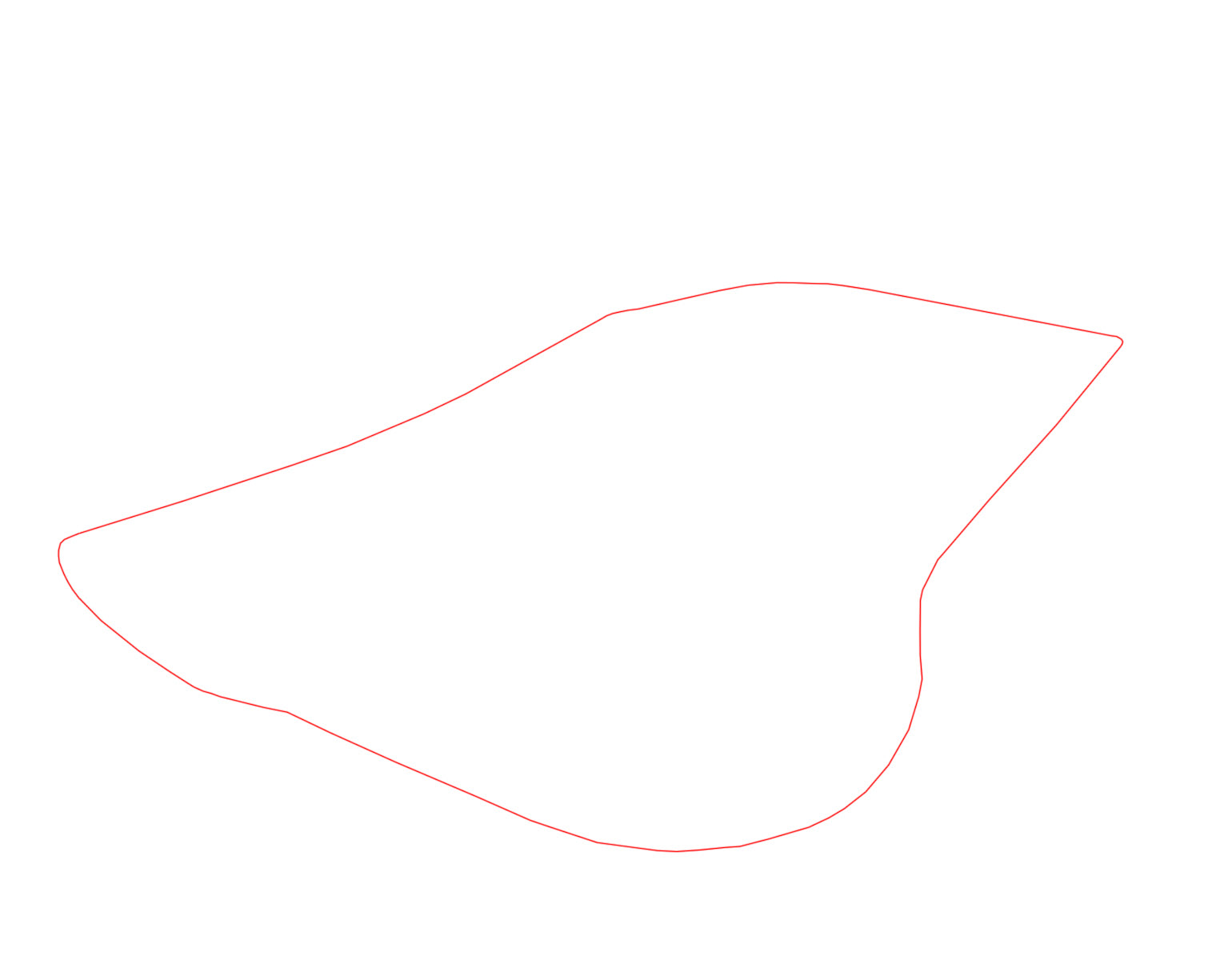
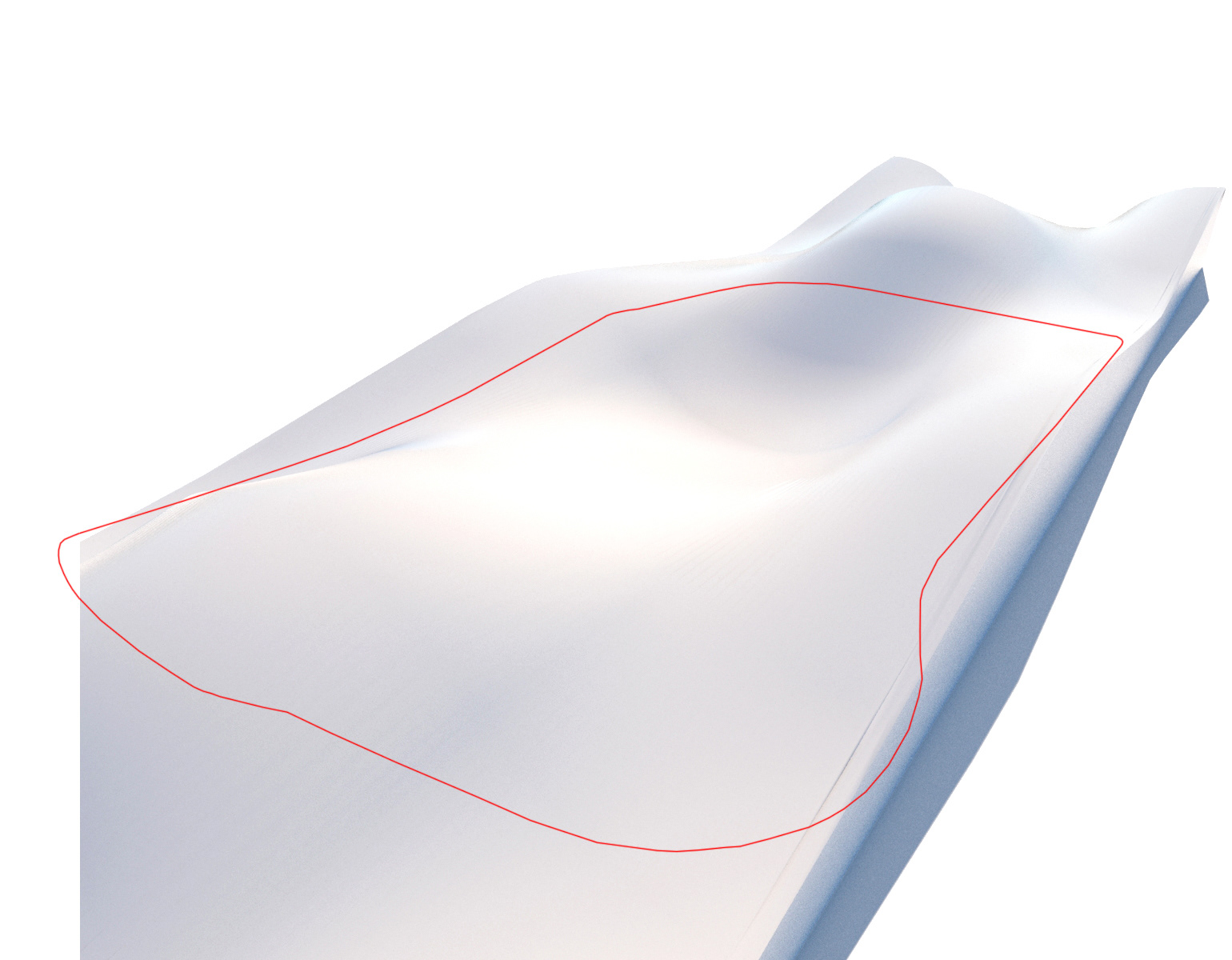
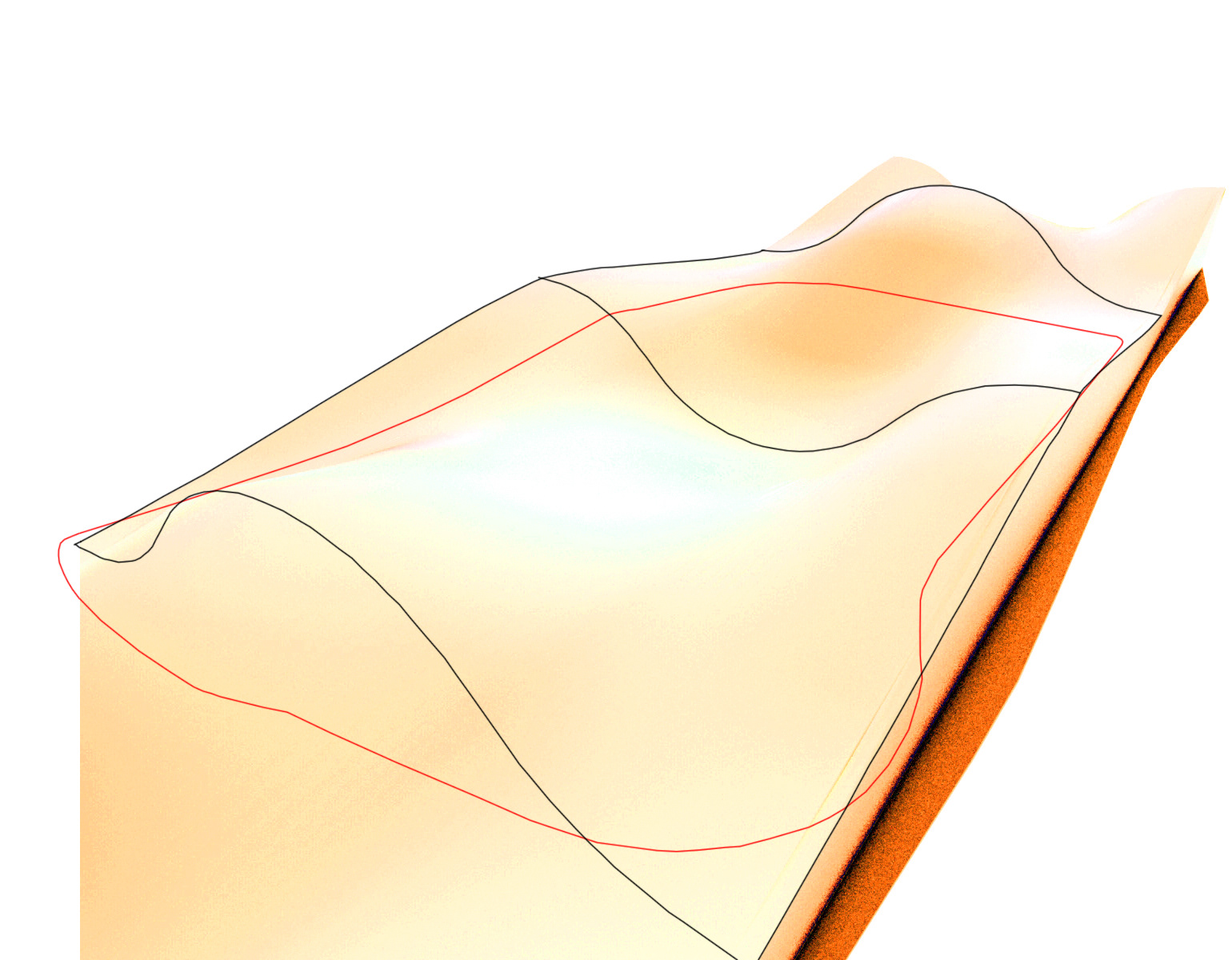
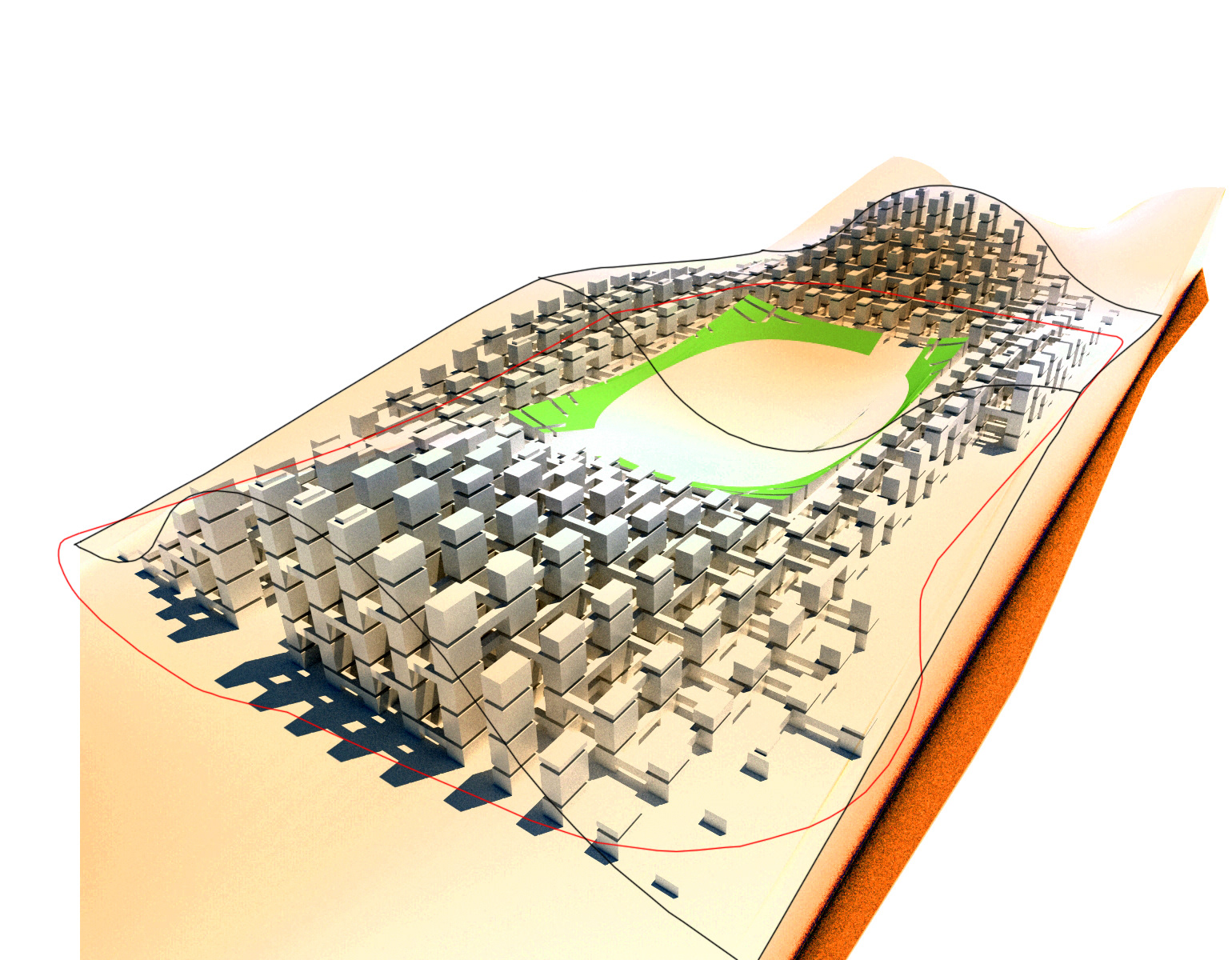
Bluesky City has to provide DENSITY to reduce energy consumption,
Creating complex and DIVERSE neighborhoods with a wide variety of functions and typologies,
Offering everything one may need within a WALKABLE distance, and allowing and encouraging the human interaction that make cities memorable places and societies thrive...
It should also integrate GREENERY as an essential part of the new development allowing people to reconnect with nature.
And even though finding inspiration in the local context, become a reference at a global scale.
Creating complex and DIVERSE neighborhoods with a wide variety of functions and typologies,
Offering everything one may need within a WALKABLE distance, and allowing and encouraging the human interaction that make cities memorable places and societies thrive...
It should also integrate GREENERY as an essential part of the new development allowing people to reconnect with nature.
And even though finding inspiration in the local context, become a reference at a global scale.
Our idea would be to create a city grid, not only at the ground floor, but in different layers as in a “sky district”
If traditional city streets, plazas and parks, along with public buildings -such as markets or places of worship- are the space for human interaction, what if we bring them upwards to the sky?
